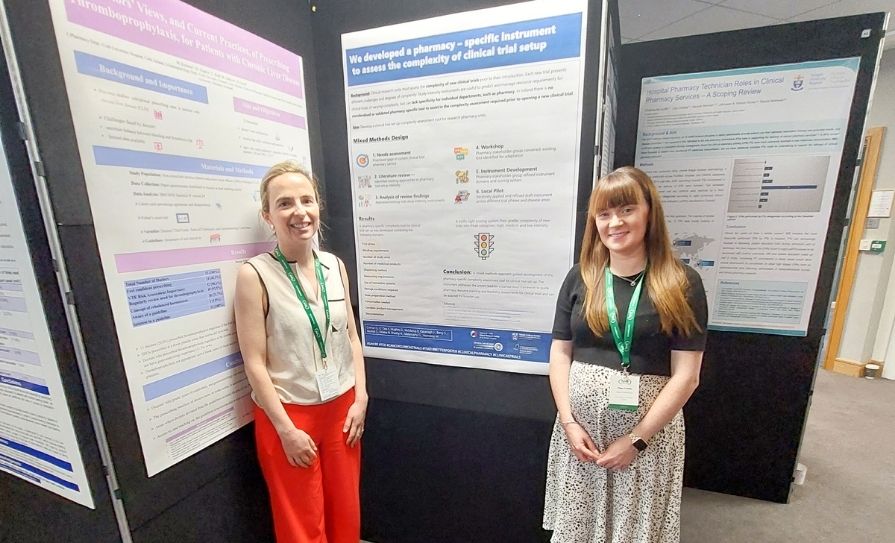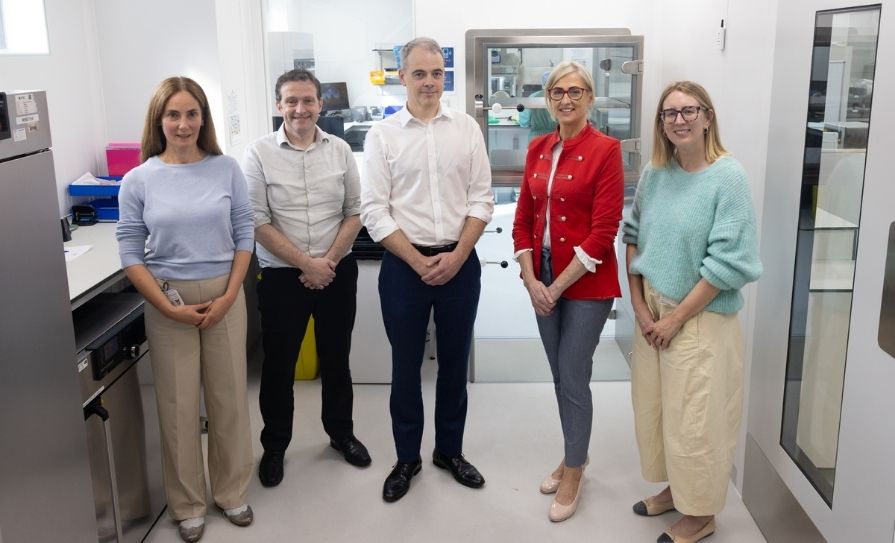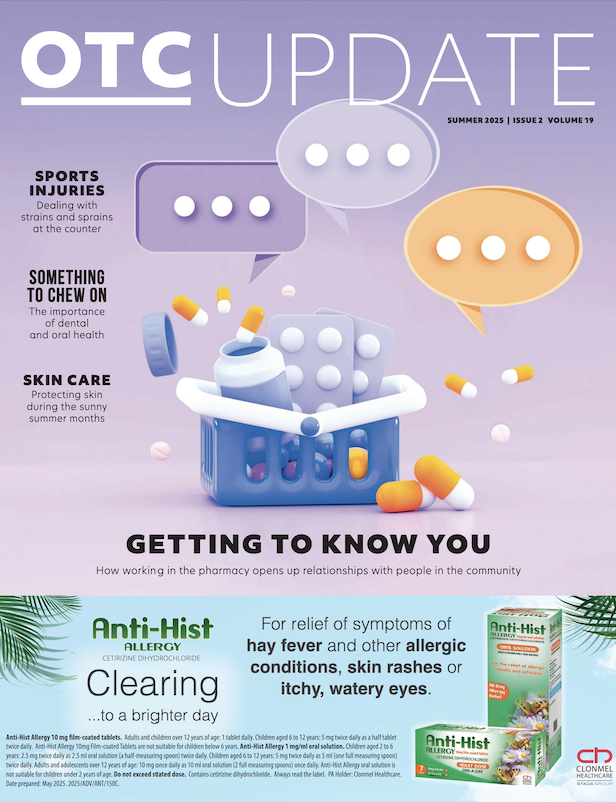The HPAI Annual Educational conference 2025 heard a presentation delivered jointly by Ms Olga Crehan of St James’s Hospital and Trinity St James’s Cancer Institute, and Ms Edel O’Dea, Wellcome HRB Clinical Research facility at St James’s Hospital, who delivered a talk titled ‘Development of a Complexity Assessment Tool for Pharmacy Clinical Trial Setup’.
Ms Crehan explained that the study was designed to illustrate the development of an assessment tool specifically for the pharmacy. Hospital pharmacists are key contributors to patient outcomes, and one of the ways to enable that is through clinical trials. “If you haven’t been involved in one of these before, it can be a relatively quick process, or it can be a very time-consuming process,” Ms Crehan told the conference. “There are many factors to be considered, and each trial brings with it its own complexities.”
Influencing factors include the area that is being studied, the amount of arms in the study, sponsor requirements, and the type of product being investigated within the arms. Feasibility and resources are also important considerations, and these are some of the reasons the tool was developed for cancer and non-cancer in different clinical settings.
She explained the process for the needs assessment and literature review to develop the tool, after which a local pilot scheme and workshop were organised. The tool was then developed around the ‘traffic light’ system, where complexity is divided into low, medium or high. Twelve domains were incorporated into the tool, explained Ms O’Dea, and other factors to be considered in assessing complexity include whether the study is blinded, and dose preparation variations. A scoring system is incorporated, however the tool is fast and relatively easy to use, she explained.
“Some trials are really straightforward to set up while some can take months of preparation,” said Ms O’Dea. “We are hoping that this tool will be useful as a metric when quantifying the trial setup work required in the pharmacy department.” It also serves well as a work planning tool, she explained, which helps to better allocate resources and staffing when designing upcoming trials.
Future plans include to share the tool and further refine the scoring system and also potentially broaden its application, she said.







